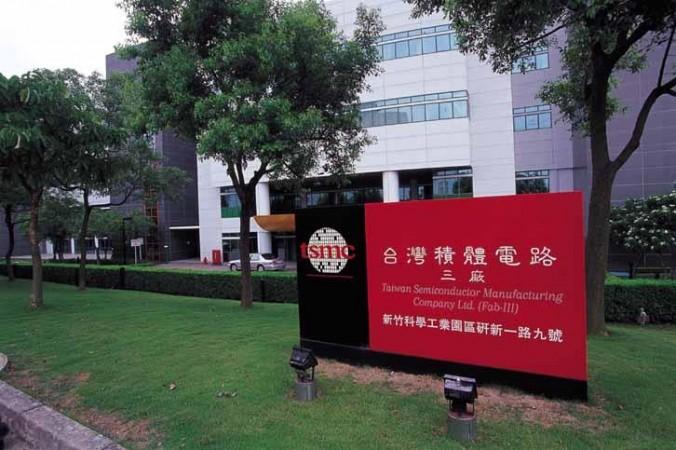Taiwan Semiconductor Manufacturing Co. (TSMC) officially announced this Thursday that it will stop supplying semiconductors to Huawei. It had stopped taking orders from the latter post-May 15, 2019, U.S trade ban announcement and is working to deliver all the pending orders before September 14, 2020.
This disclosure was made by the company announcing its stronger-than-expected second-quarter earnings on Thursday. Owing to an increase in demand for 5G networks, the revenue of TSMC rose by 28.9% to NT$310.69 billion ($10.38 billion) and net profit rose by 81% year-on-year.
The increase in second-quarter revenue was 34.1% year-over-year and it increased by 0.8% from the previous quarter. The gross margin for the second quarter was 53%, the operating margin was 42.2%, and the net profit margin was 38.9%.
This move by TSMC is in compliance with the latest U.S ban on the use of American technology to make chips for Huawei which has hurt TSMC, to now stop taking orders from one of its largest Chinese client Huawei Technologies.
Why will TSMC stop the semiconductor chip supply to Huawei?
In May 2019, the Trump administration had toughened the 2019 trade ban, which cuts off Huawei from U.S suppliers and the restrictions expand to any of Huawei's foreign chip-manufacturing partners whose production lines include the U.S made chip manufacturing equipment. This expanded sanctions from the U.S has blocked the Chinese multinational telecom tech giant Huawei from seeking alternative chip supplies from contractors outside its domestic region such as TSMC and others.

As per the new American rules announced on May 15, chipmakers such as TSMC and the likes are required to obtain a U.S. license to process new orders from Huawei or its chip design arm HiSilicon. The contractors are required to complete shipment of existing orders by September 14, the latest.
During an investor conference, TSMC Chairman Mark Liu confirmed the stoppage of the supply of semiconductors to Huawei. The Taiwanese chip-maker awaits a final ruling from the U.S. Commerce Department's Bureau of Industry and Security before it initiates the next step forward. Liu did not provide any additional details if TSMC plans to apply for a license to continue supplying to Huawei after September 14.
Huawei needs to look for domestic chipmakers to meet the supply gap
This U.S sanction will now make Huawei look for procurement of chips from within the country and peg hopes on Semiconductor Manufacturing International Corp. (SMIC), which debuted its largest initial public offering (IPO) this Thursday in the market in a decade.
SMIC lags behind TSMC in the manufacturing and production of cutting-edge technology chips to power Huawei's new tech products. Huawei now facing supply issues had no choice but to postpone the launch of its new mobile phone series Mate 40, which was scheduled to be released in the second half of this year.
TSMC counting hopes on Q3 revenue earnings and growth
Huawei is the second-priority customer for TSMC after the top is Apple Inc. Huawei accounts for 14 percent of TSMC's sales of chip outsourcing orders in 2019 for mobile phones, servers, base stations, and other equipment. With an increase in 5G demands, TSMC is looking at achieving more than 20 percent growth this year.

"Our second-quarter business was sequentially flat, as the continued 5G infrastructure deployment and HPC-related product launches offset weaknesses in other platforms," said Wendell Huang, VP and Chief Financial Officer of TSMC. "Moving into the third quarter of 2020, we expect our business to be supported by strong demand for our industry-leading 5nm and 7nm technologies, driven by 5G smartphones, HPC, and IoT-related applications."
Based on the TSMC's current business outlook, the management of the company expects its Q3 overall performance to be better - anticipating revenue increase between US$11.2 billion and US$11.5 billion, gross profit margin between 50% to 52%, and operating profit margin to be between 39% and 41%.


















